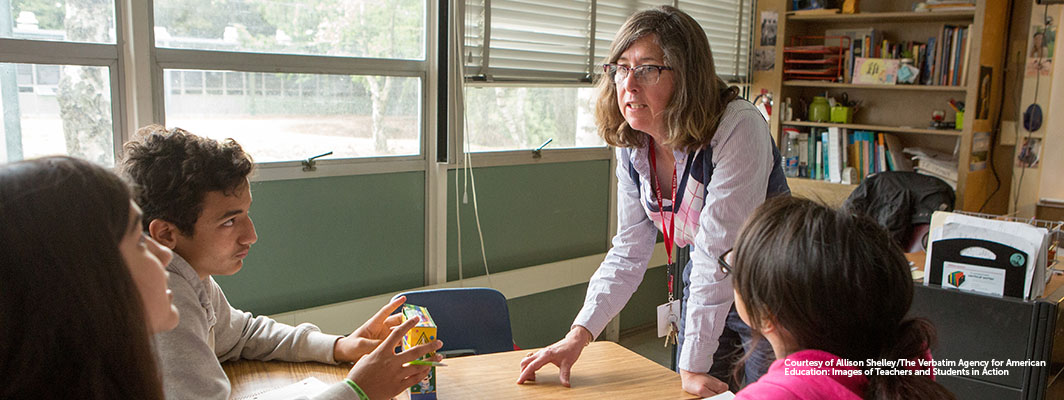“The one-size-fits-all approach, which has guided our current school system since its early 20th-century origins, simply does not address the complex and varied needs of today’s children, particularly those living in poverty.” — Paul Reville
The new report analyzes the success plans (and the planning processes) launched by 13 organizations and agencies. To accompany the release, the Education Redesign Lab has also created a suite of accompanying tools and worksheets that offer guardrails and guidance for communities who want to develop success plans of their own.
The best, most effective plans bring together the resources of schools, government agencies, and community organizations — all collaborating to identify the strengths, interests, and needs of individual young people, then matching those students with customized supports. Among the examples it cites, the report explores the experiences of the city of Salem, Massachusetts, which has worked with the Education Redesign Lab’s By All Means initiative since 2016. Salem partners with City Connects, a Boston College–based pioneer in the success plan model, and today, every preK–8 child in the district has a personalized plan.
With its work in Salem and around the country, the Education Redesign Lab is accelerating innovative approaches to education — approaches that integrate or realign existing systems so that they are nimble and responsive enough to support the real and holistic needs of today’s children. Individualized success plans are a key part of that innovation.
Building an Effective Success Plan for Students
According to the new report, an effective success plan should be:
• Personalized: Celebrate each child’s assets and use a customized approach to identify individual strengths, interests, and needs.
• Comprehensive: Offer a wide array of academic, health, and other support services to meet the needs of children and youth from cradle to career.
• Student-Centered: Empower children and youth to discover and pursue their academic and non-academic strengths and interests, set short- and long-term goals, and identify needs.
• Equitable: Target systemic gaps that disproportionately affect marginalized students and ensure that the development and implementation of the plans will increase access to essential supports and opportunities.
• Actionable: Establish clear strategies and processes for identifying and delivering supports and services to each child and youth both in and out of school.
• Relationship-Driven: Allocate appropriate staffing to jointly develop and implement the plans with students by fostering mutually respectful relationships and also involve parents, families, and other adults in the process.
• Cross-Sector: Provide coordinated, comprehensive services by establishing collaborative relationships with partner organizations across multiple sectors.
• Information-Driven: Utilize feedback and data from multiple sources, including students, families, and a diverse set of agencies, to regularly assess impact on multiple outcomes and enhance the quality of services provided.
• Secure: Use digital platforms that meet high standards of data security and protect student and family privacy.
• Sustainable: Identify long-term funding sources and create organizational structures to ensure consistent implementation over time.

